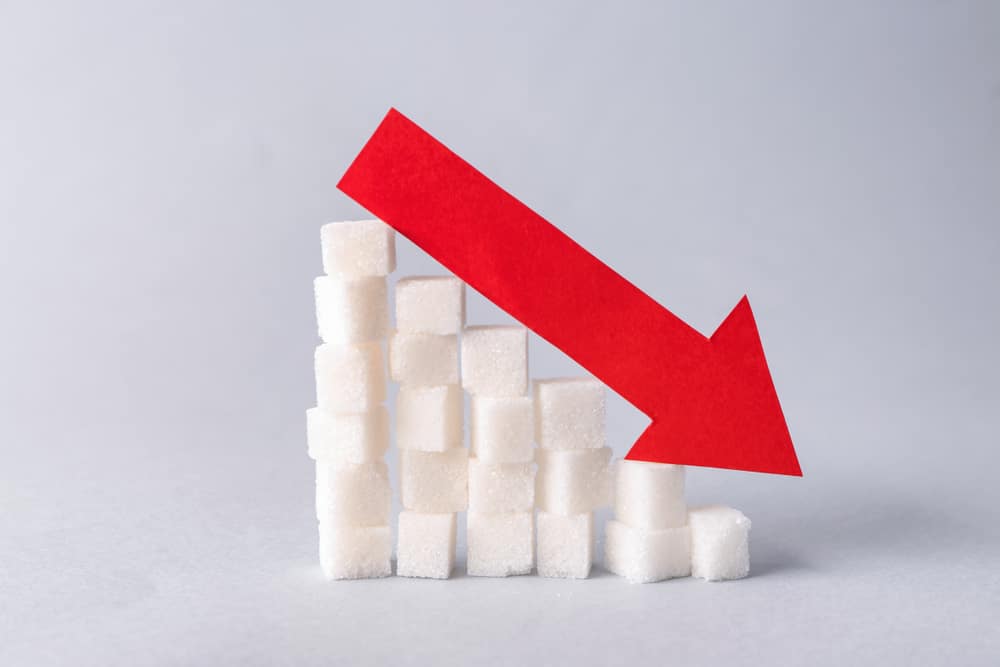Hypoglycemia is what happens whenever your blood sugar level falls below the normal range. With glucose being the most important energy source in the body, it is essential for the brain, heart, and digestive system to function properly.

Symptoms of Low Blood Sugar and Why It Happens
Also known as low blood sugar, hypoglycemia can result in damage to the body when the central nervous system cannot synthesize or store glucose. In fact, continuous low blood glucose can cause irreversible brain damage and brain death.
Hypoglycemia can manifest as a variety of symptoms, including confusion, altered behavior, diaphoresis, or tremulousness. It is therefore critical that low blood sugar be addressed as quickly as possible.
The most common reasons for low blood sugar are some medications used to treat diabetes, such as insulin. Type 1 diabetes means the pancreas can no longer produce insulin. Meanwhile, in type 2 diabetes, the pancreas doesn’t make enough insulin, or your body can’t use it properly. Too much insulin or oral diabetic medication can evidently lower the blood sugar level, leading to hypoglycemia.
Low blood sugar isn’t exclusive to diabetes. It can also happen if the body makes more insulin than it should. Prolonged consumption of alcohol over long periods of time can also cause low blood sugar. It can interfere with the body’s ability to create a supply of glucose that can then be released into the bloodstream when needed.
First Aid Treatment of Hypoglycemia
Several studies have been conducted measuring the ability of first aid staff to address hypoglycemia. The results emphasize how important this condition really is. In the case of nurses, assistant nurses, first aid staff receiving first aid training and second-class emergency medical technicians (EMTs), they provide basic life support (BLS) in emergency situations. In case of first-class EMTs, they measure blood sugar and then they orally administer glucose to conscious patients. For unconscious patients, they provide simple first aid and ensure prompt transfer to a hospital.
If a person with diabetes displays the symptoms mentioned above, first aid providers should assume they have hypoglycemia. If the person is unconscious, exhibits seizures, or is unable to follow simple commands or swallow safely, the first aid provider should call for emergency services immediately.
Hypoglycemia Treatment
If a person who has low blood sugar loses consciousness, seek medical help immediately. It’s always a good idea to memorize or keep local emergency numbers on hand.
For emergency first aid treatment, take the following steps:
1. Raise Blood Sugar Level
Give the person a high-sugar food such as:
- ½ cup fruit juice
- ½ cup regular (non diet) soda pop
- 3 glucose tablets
Then follow with a more substantial food like a sandwich that offers protein, fat, and complex carbohydrates.
2. Follow Up
If non-diabetic hypoglycemia is recurrent, see a health care provider. The health care provider will do tests to help determine the cause.
Glucose tablets, compared to various evaluated dietary sugars, such as sucrose- or fructose-containing candies or foods, orange juice, or milk, have proven to demonstrate more rapid, yet dose-controlled, clinical relief of symptomatic low blood sugar.
In addition, a study by the American Heart Association notes that if a person with diabetes exhibits signs or symptoms of mild hypoglycemia, oral glucose should be given to resolve the hypoglycemia. Glucose tablets, if available, should be administered to a person who is conscious and able to take these orally.
Another study by the American Heart Association recommends the use of oral/swallowed glucose for adults and children with suspected hypoglycemia who are conscious and able to swallow. It also suggested against buccal glucose administration compared with oral/swallowed glucose administration for adults and children with suspected hypoglycemia who are conscious and able to swallow.
Should a glucose tablet to be taken orally not be immediately available, the study recommends a combined oral and buccal glucose administration for adults and children with suspected hypoglycemia who are conscious and able to swallow.
Key Takeaway
The treatment of hypoglycemia needs to be significantly fast because of how important glucose is to the body. Medical professionals receive training on how to address low blood sugar swiftly. But it’s always helpful to know what you can do should this kind of emergency ever arise.
Learn more about Diabetes here.



















